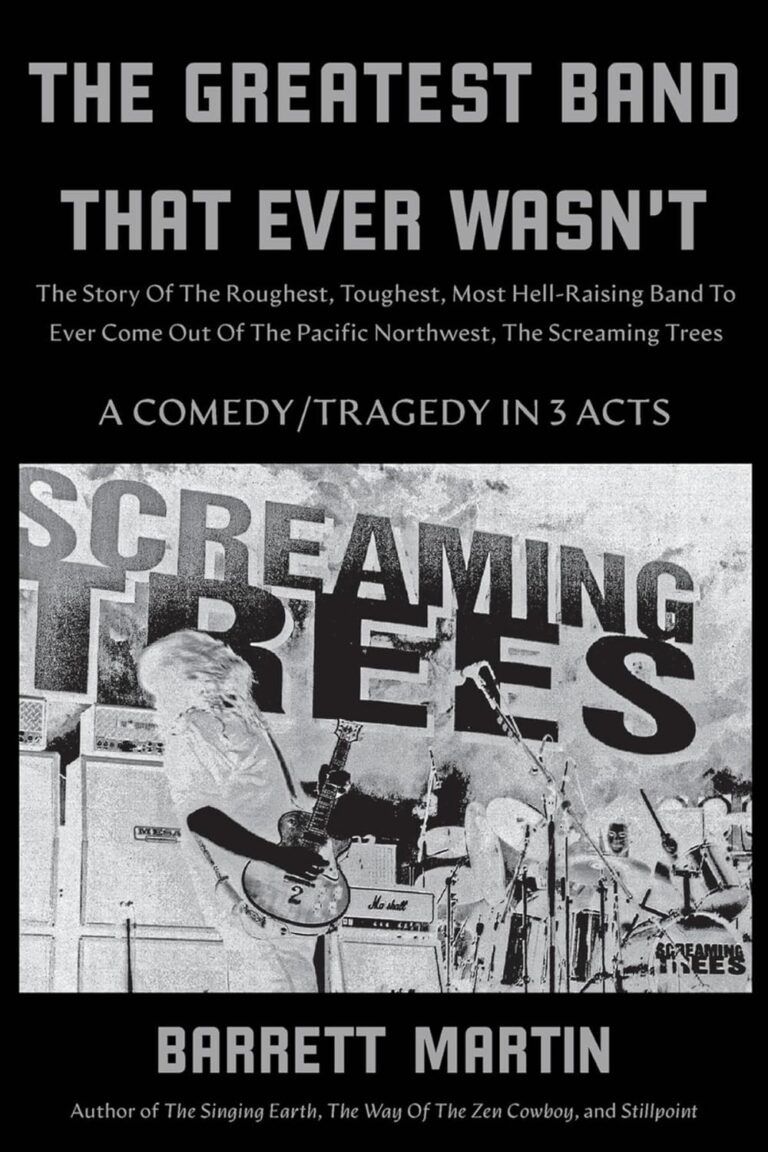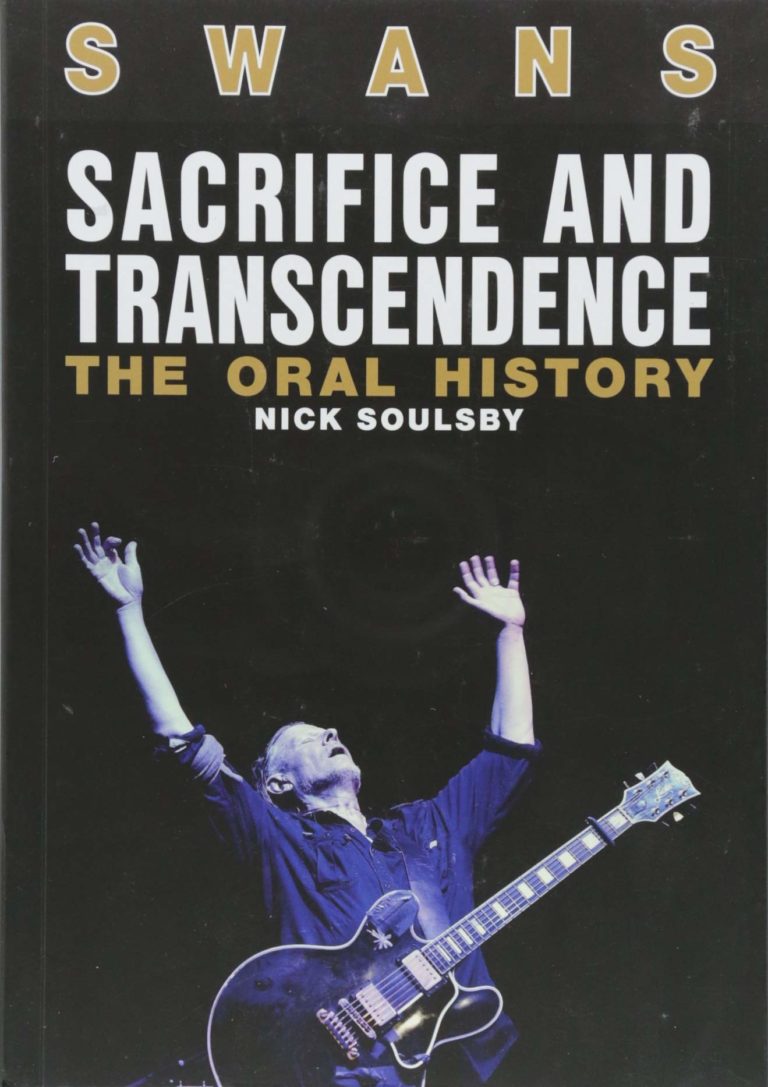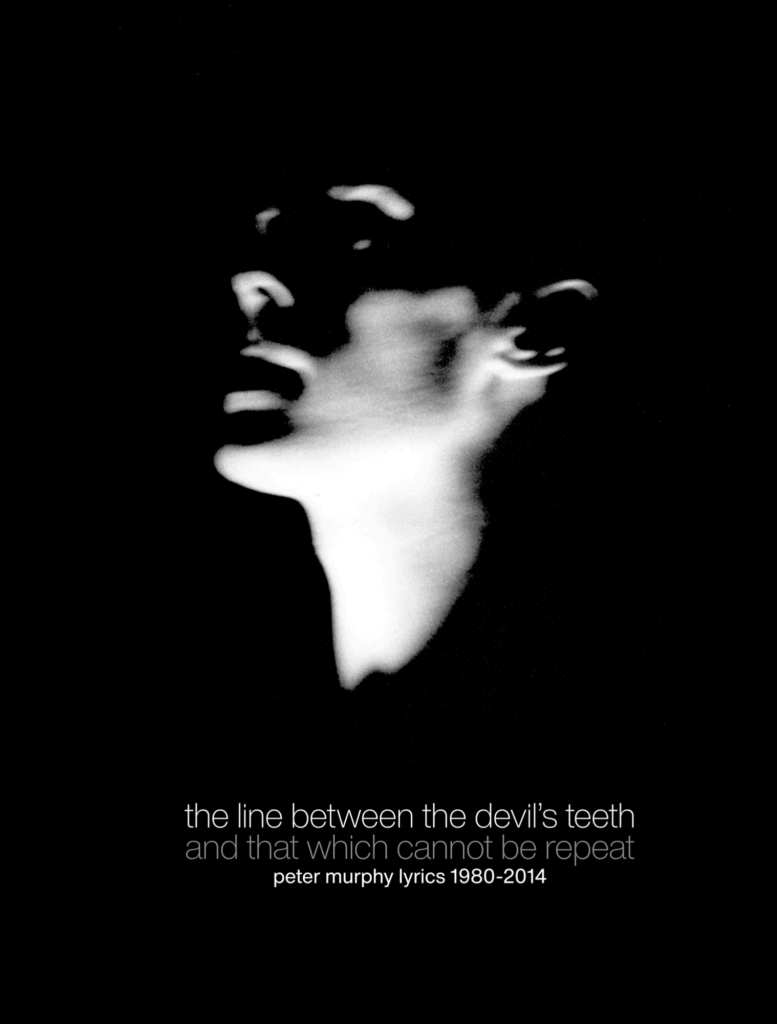
Art begets art, as this stunning, hard-back collection ably demonstrates.
There are comparatively few artists whose lyrics have successfully transcended the music for which they were written. Bob Dylan, as much a poet as a songwriter, is surely one; Nick Cave another; but it is a rare occurrence. Part of the reason is that lyrics, so often written with the music already in mind, lose focus in the printed form, relying on a certain literary license when sung, because meter is more important than meaning.
There are those, however, whose focus on meaning ensures their lyrics exist as a separate entity, challenging both the reader, and the musicians whose job it is to effectively set them to music. Consider, for example, how James Dean Bradfield, unwilling to censor Richey Edwards’ remarkable work for The Holy Bible, found himself tripping over syllables in order to make everything fit.
A perfect example of an artist whose body of work stands comfortably apart from the spectral music for which it was created, is Peter Murphy. Here, he has joined forces with the boutique Flood Gallery (Greenwich Market), whose catalogue now includes the memoires of alt-rock legend Thurston Moore (Sonic Youth), Mud Ride (Bob Stanley’s account of Mudhoney), and Curepedia, a detailed overview of the titular band.
Beautifully produced, the line between the devil’s teeth and that which cannot be repeat is a hard-backed tome containing Peter Murphy’s lyrics from 1980 – 2014, alongside handwritten journal entries, unpublished paintings, illustrations, and a collection of rare photographs, all documenting a remarkable career. Limited to just 600 copies, with each copy housed in a slipcase, individually hand numbered and signed, and containing a giclee print of an original Peter Murphy painting, this stands both as a work of art and a worthy reflection of Peter’s remarkable work.
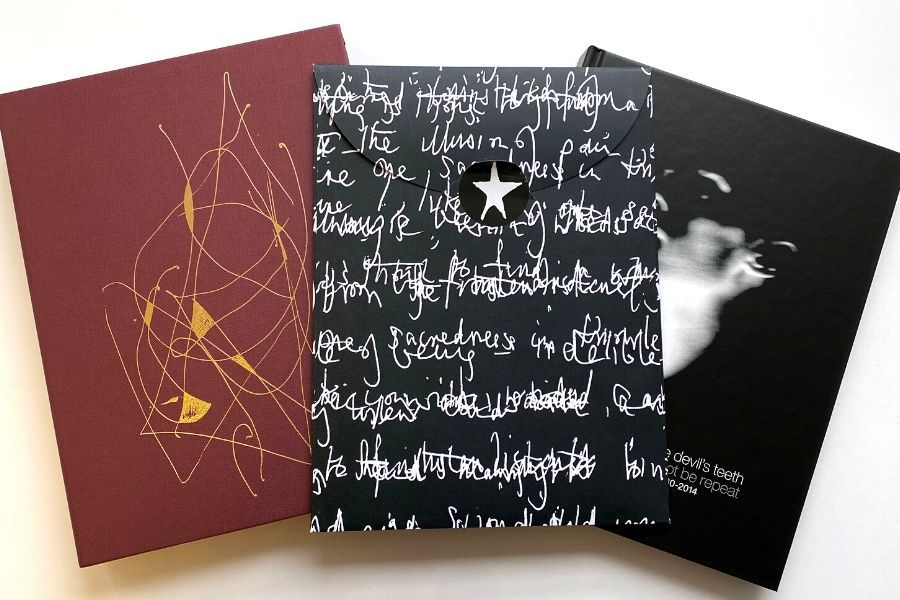
Well laid out, on opening the book, you find a selection of photographs, illustrations, and quotes, all of which serve to set the scene before a comprehensive, two-page index ensures you can easily access your favourite lyric. This might seem like a small detail, but not every lyric compendium is so thoughtfully curated, and it is indicative of the attention to detail lavished on this project. There’s then a short introduction from Peter (both handwritten and printed), that unveils a remarkably simple premise at the heart of Peter’s work: “Lyric writing is a dive into the never-ending internal depth of your sea of being – You’re writing to, from, and for your fellow beings and earth friends.”
What follows is a truly astounding body of work. Organised chronologically, the artwork for each release prefaces the relevant section, giving you the feeling that you’re slowly journeying through Peter’s story. The lyrics themselves are printed, one set per page, intercut with period photography, sketches, artwork and journal entries. Fortunately, and thanks to Peter’s direct involvement, the inclusion of the latter is illuminating rather than invasive, a key distinction often overlooked in such endeavours. However, despite all this, the oblique nature of the lyrics often means that the embedded imagery throws up additional questions, forcing the reader to construct their own meanings, something which adds immensely to the experience.
Not that you have to work through in order. For the idle, simply poring over the striking selection of images is enough to keep you engaged for an hour and there is also a simple joy to be found in picking it up, landing on a page at random, and dipping into Peter’s work as the mood strikes. One thing the book does make clear is that there’s a consistency to Peter’s work, making any given page worth exploring. As a result, you find that the paranoid musings of The Spy in the Cab (scarily prescient in 1980), for example, complement the post-millennial burn out of 2008’s Too Much 21st Century; while the evolution from the more minimalist texts of Peter’s early work to long-form epics far more rooted in literature than music is also apparent.
While this text will almost certainly find its primary audience in Bauhaus and/or Peter Murphy fans, it does not necessarily need to be the case. Peter Murphy’s lyrics are wholly fascinating and, shorn of the music, offer a very different experience. The passer by, picking up the book for a chance glimpse, will be just as likely to find themselves hooked, absorbing page after page, as the ardent fan. It says much for the very human, very poetic nature of Peter Murphy’s output.
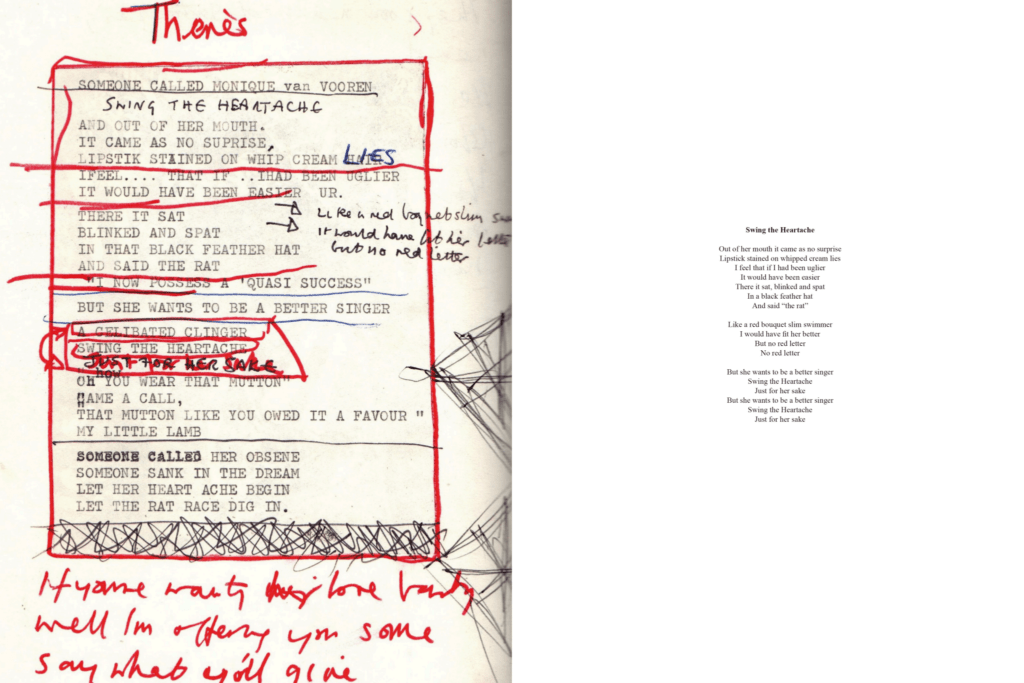
In an age where everything is easily available on the internet, art sometimes threatens to become disposable. Fortunately, there are those (such as the Flood Gallery), who care enough to put their hearts and souls into passion projects such as this. For the Bauhaus fan, this is surely an essential addition to their bookshelves. However, I’d also argue that, for those who value lyrics as an independent art form, it is an equally valuable piece, and I’d urge those who are interested to track down a copy before they vanish.
To order the book please send them to www.thefloodgallery.com/products/the-line-between-the-devil-s-teeth“

